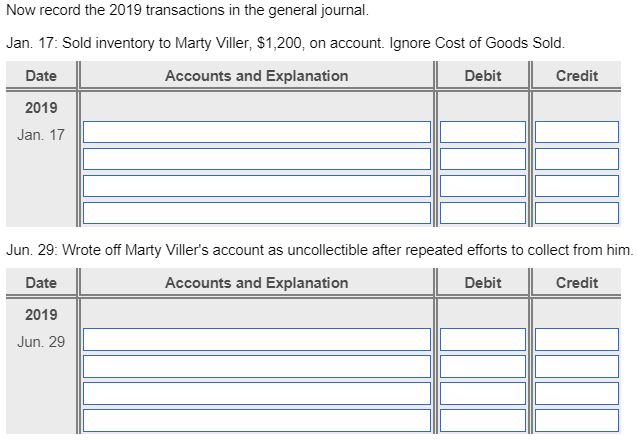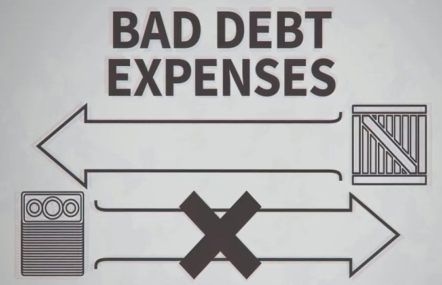

At the end of each accounting cycle, adjusting entries are made to charge uncollectible receivable as expense. When the organization’s financial statements are finalized, these expenses are reviewed by the higher management to understand the financial reporting process better and control the business’s credit aspects. The portion of the account receivable that is estimated to not be collectible is set aside in a contra-asset account, called Allowance for Doubtful Accounts. Moreover, when an organization creates an allowance for bad debts, they are considered expenses. Because there is an inherent risk that clients might default on payment, accounts receivable have to be recorded at net realizable value. When a sale is made on account, revenue is recorded with account receivable. With this method, the journal entry is a debit to the allowance for bad or doubtful debts account.īecause of the matching principle of accounting, revenues and expenses should be recorded in the period in which they are incurred.

This estimate is accumulated in a provision, which is then used to reduce specific receivable accounts as and when necessary. With this method, the journal entry is a debit to the bad debt expense account.Īllowance method (GAAP) – An estimate is made at the end of each fiscal year of the amount of bad debt. Both methods credit the accounts receivable account.ĭirect write off method (Non-GAAP) – A receivable that is not considered collectible, charged directly to the income statement. You may be able to deduct business bad debts as an expense on your business tax return however, there are different locations to report it on the return. There are two methods to account for bad debt. In financial accounting and finance, bad debt is the portion of receivables that can no longer be collected, typically from accounts receivable or loans.


 0 kommentar(er)
0 kommentar(er)
